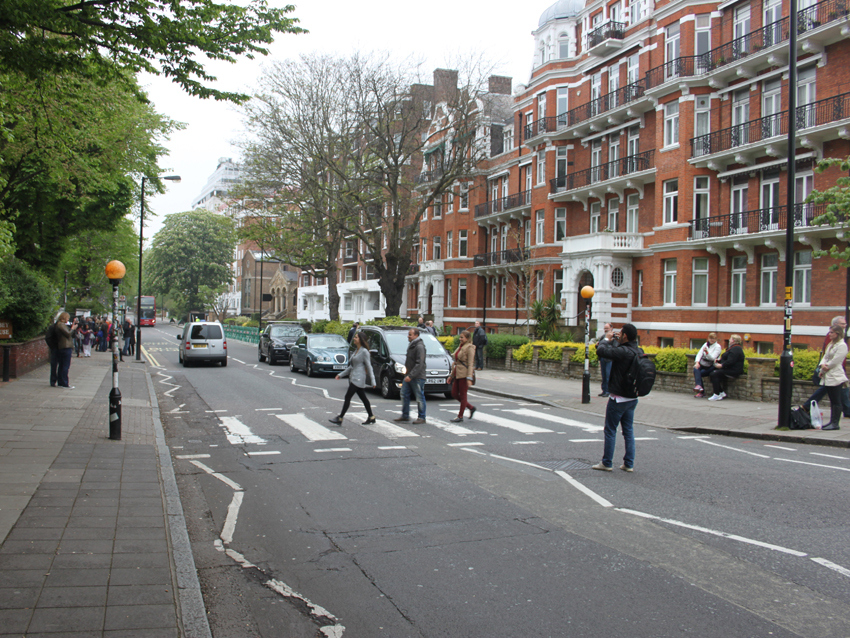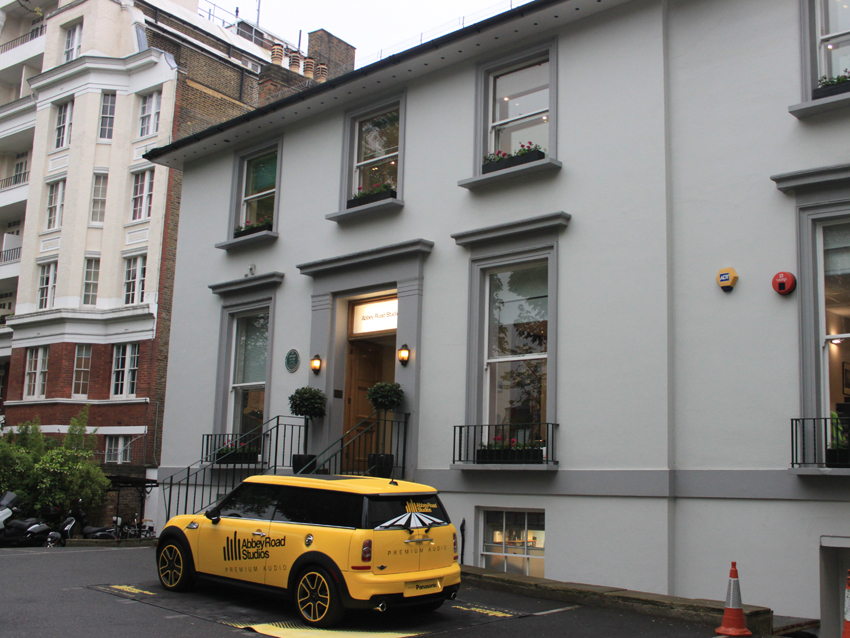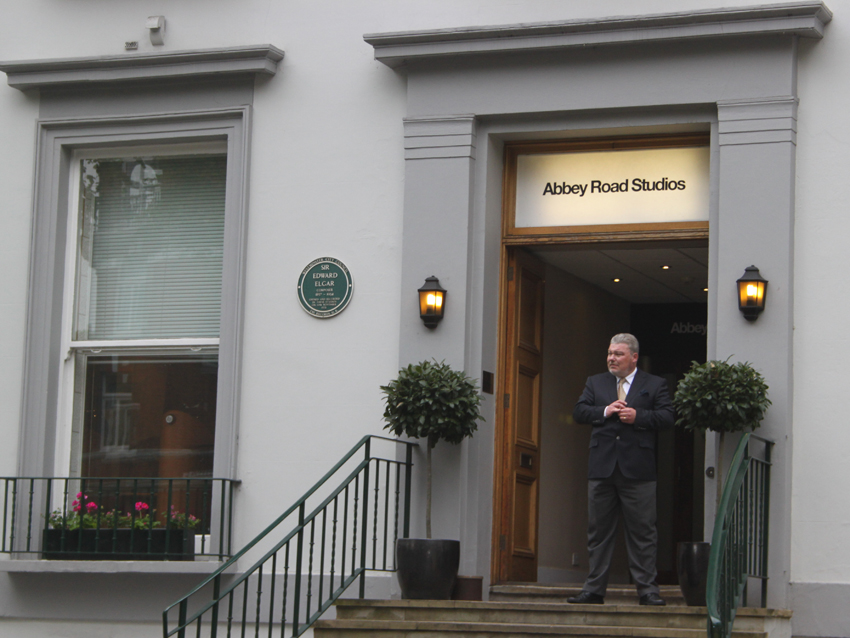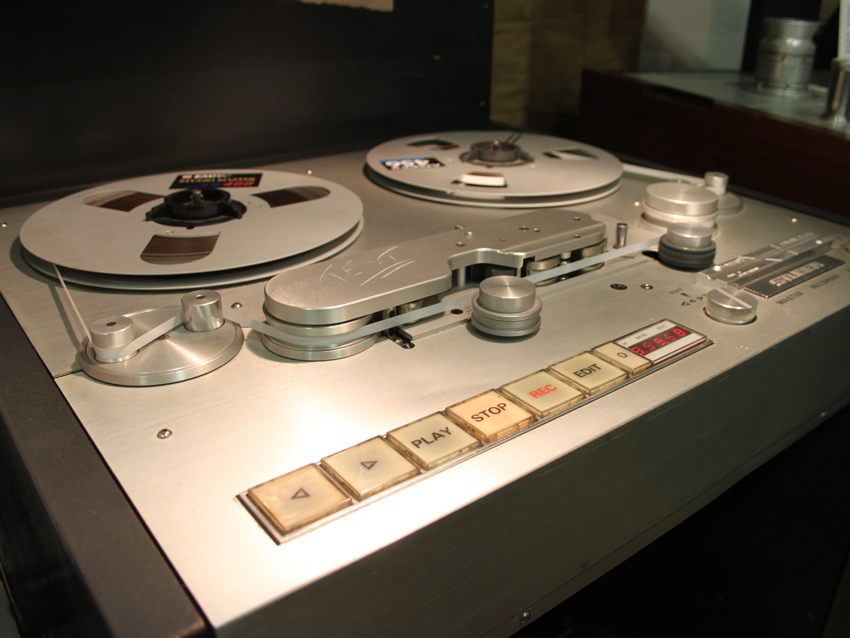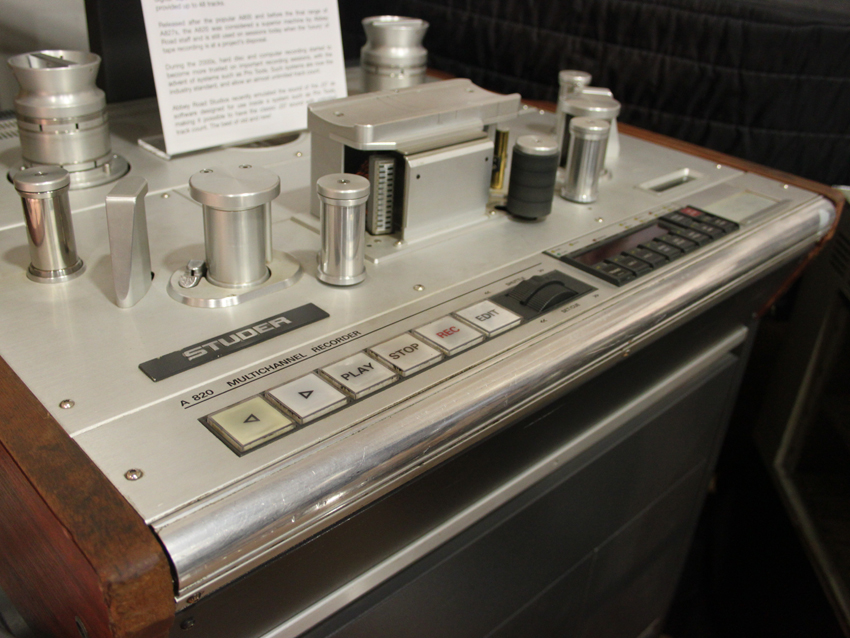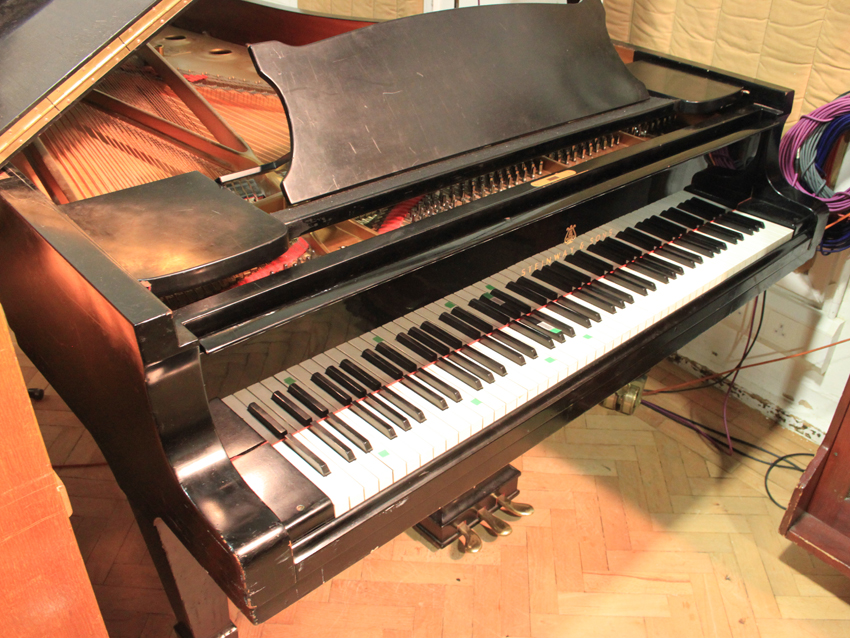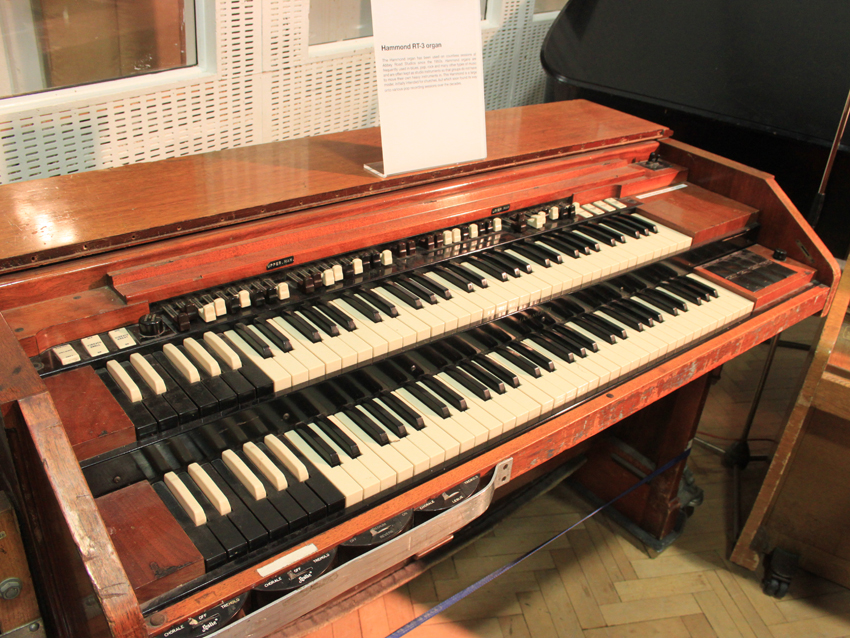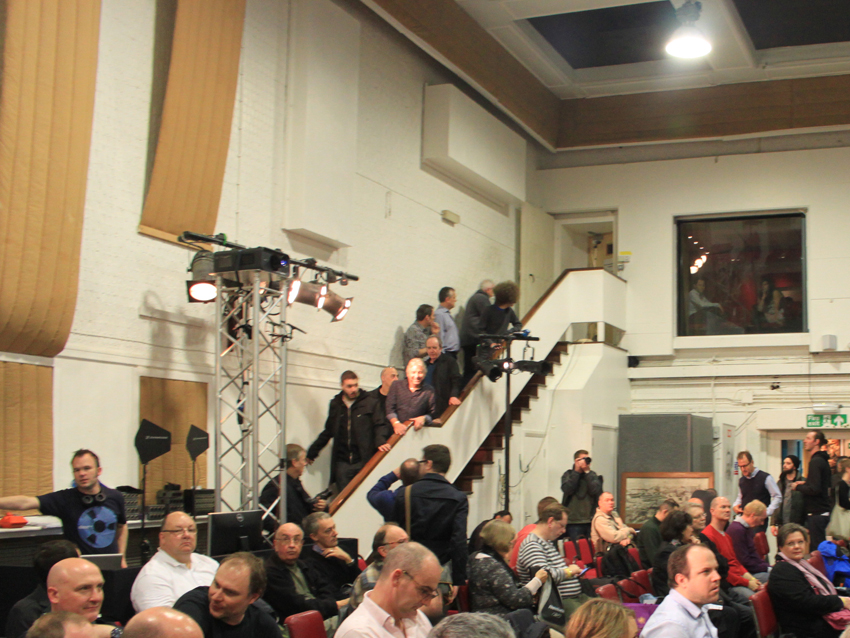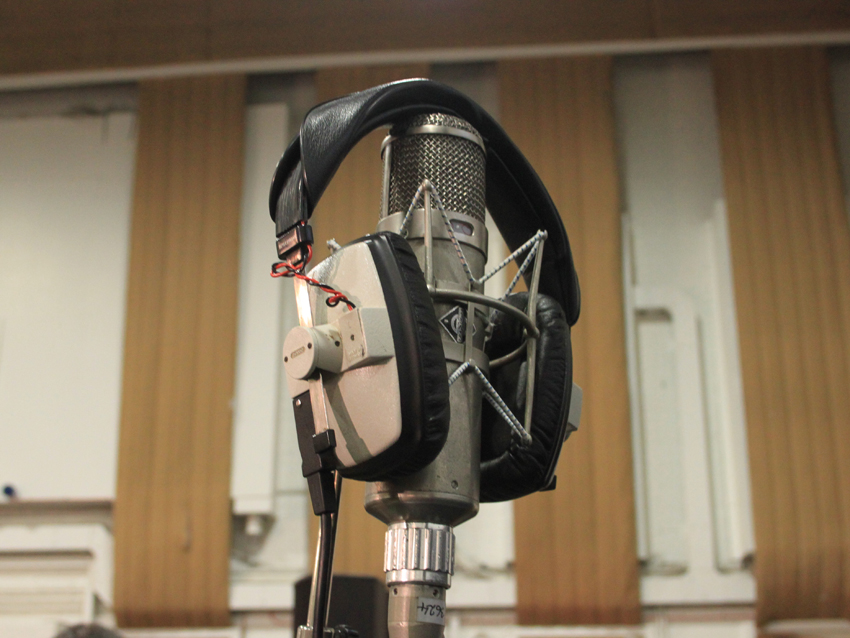
In pictures: Studio Two at Abbey Road
As part of a recent series of talks entitled The Sound Of Abbey Road, MusicRadar was able to take a look around what is probably the most famous recording studio in the world: Studio Two.
Made famous, of course, by The Beatles, Studio Two is the room where a legend was born, the base of the Fab's recording operation throughout the '60s and the home to some of their greatest innovations. Specifically built and acoustically engineered by EMI, the subterranean studio had been filled with recording equipment from the Abbey Road archives when we visited, giving us a fascinating glimpse at some of the gear behind the music.
Click through the gallery to see what we found when we stepped inside Studio Two...
For more information visit the official Abbey Road website.
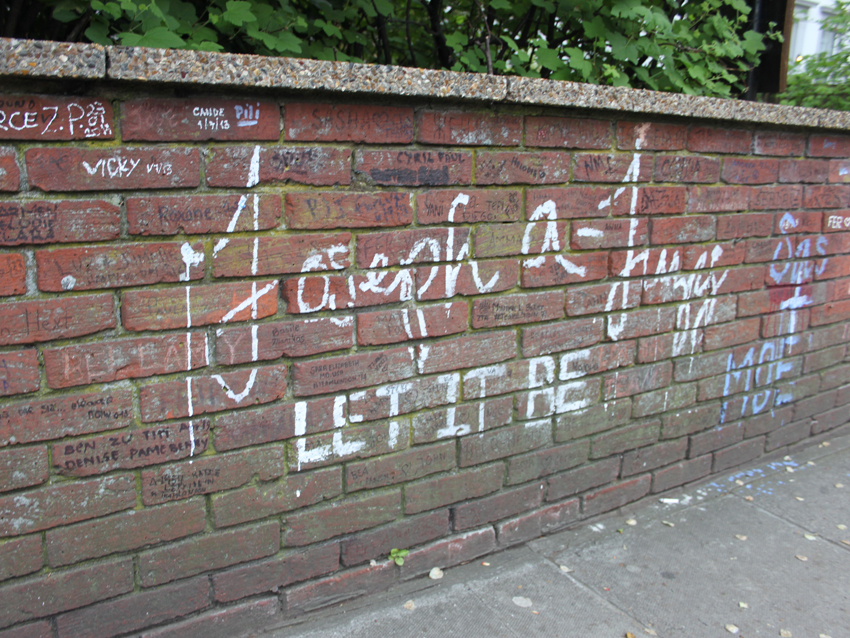
Graffiti
Every brick anywhere near the studio is covered in Beatles lyrics and the names of tourists who have made the pilgrimage to St John's Wood.
There are no road signs to be found anywhere nearby, in case you're thinking of taking home a cheeky souvenier - they've been placed well out of reach of light-fingers Apple scruffs...
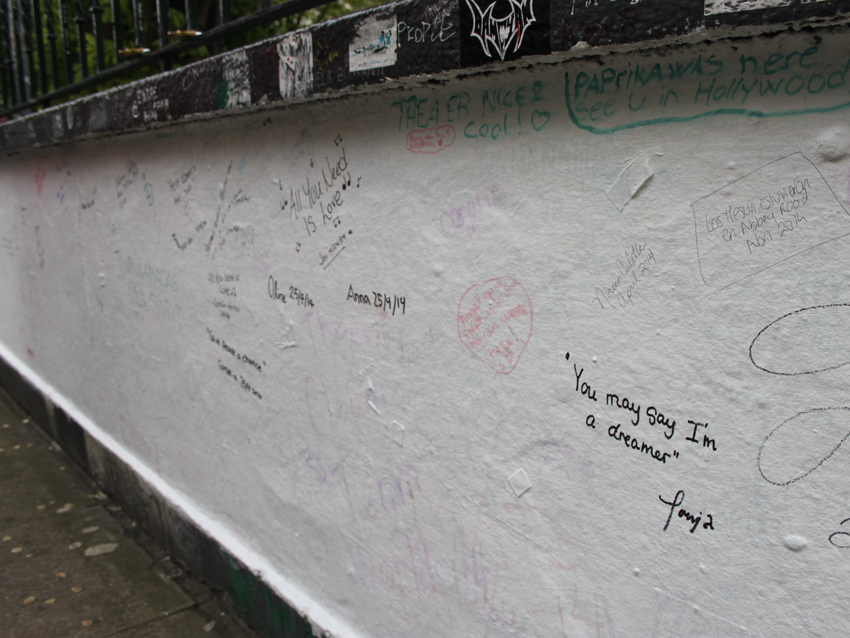
White wall
The white walls outside the studio proper are the perfect canvas for artistically inclined Beatles fans (or people who just want to write their name on a wall really, really badly).
It's probably not worth scribbling anything though - so much graffiti accumulates on the wall that it's periodically whitewashed by unlucky Abbey Road interns.
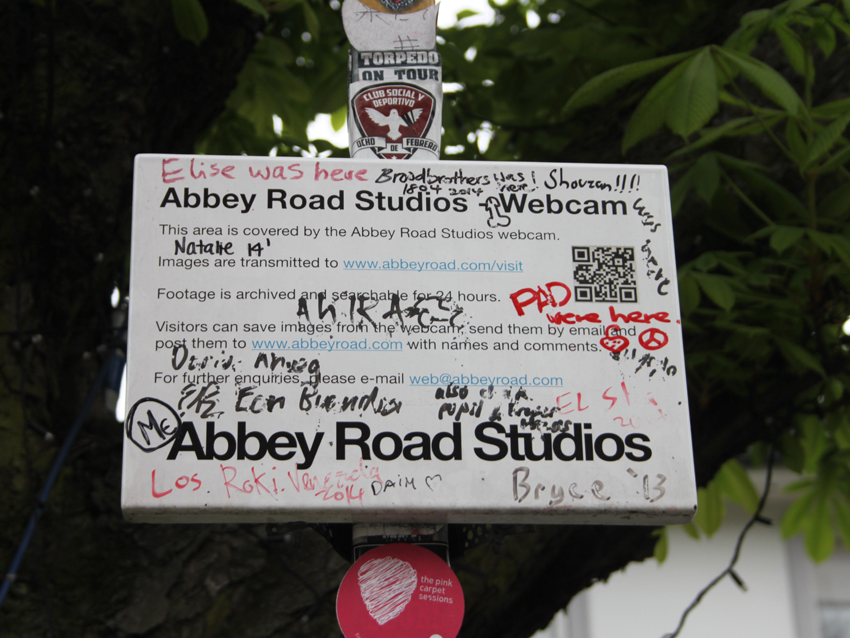
Crossing cam
Even signs in high places aren't safe from the all-covering pens of visiting Beatles fans.
As it says on this sign, you can actually watch people having their picture taken at the crossing by checking out the Abbey Road crossing cam.
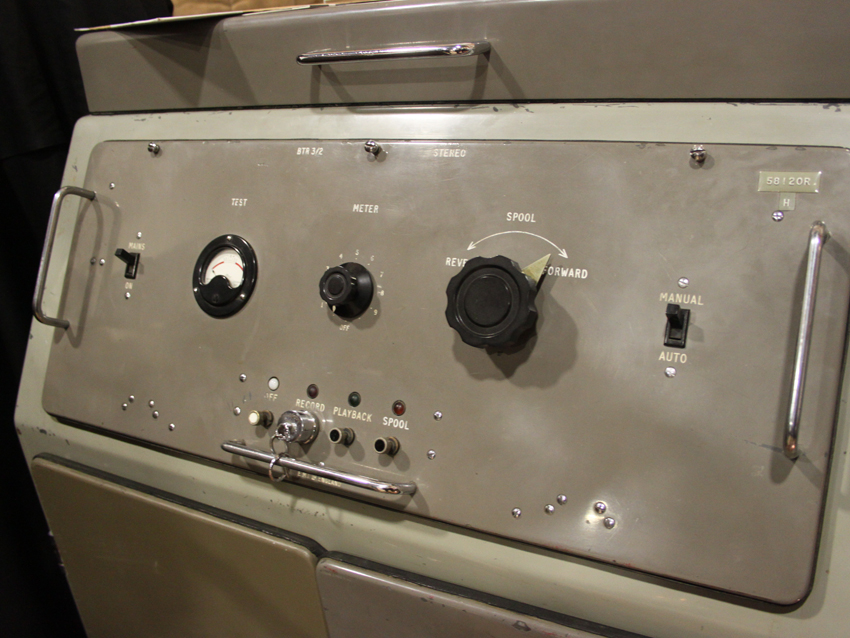
BTR 1
The BTR1 (it stands for British Tape Recorder - things were named pretty simply back then) was in use at Abbey Road from 1948 to the mid '50s.
They are huge iron contraptions, weighing in at close to 600 pounds, and were initially used simultaneously with Abbey Road's older disc-cutting equipment.
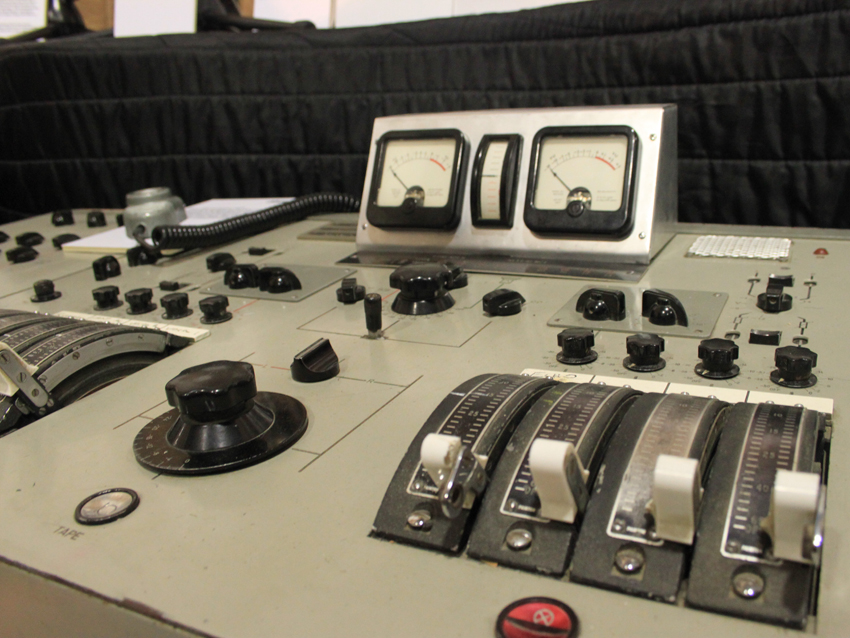
REDD.17
Introduced in the late '50s, the REDD.17 was a powerful, all-valve mixing desk that formed the backbone Abbey Road's set up for many years.
Later versions of the REDD, including the .37 and the .51, were used throughout the '60s. Believe it or not, the REDD desks were designed to be portable, and four .17s were built and used for remote recording across the world, as well as at Abbey Road. REDD stands for Recording Engineering Development Department, if you were curious...
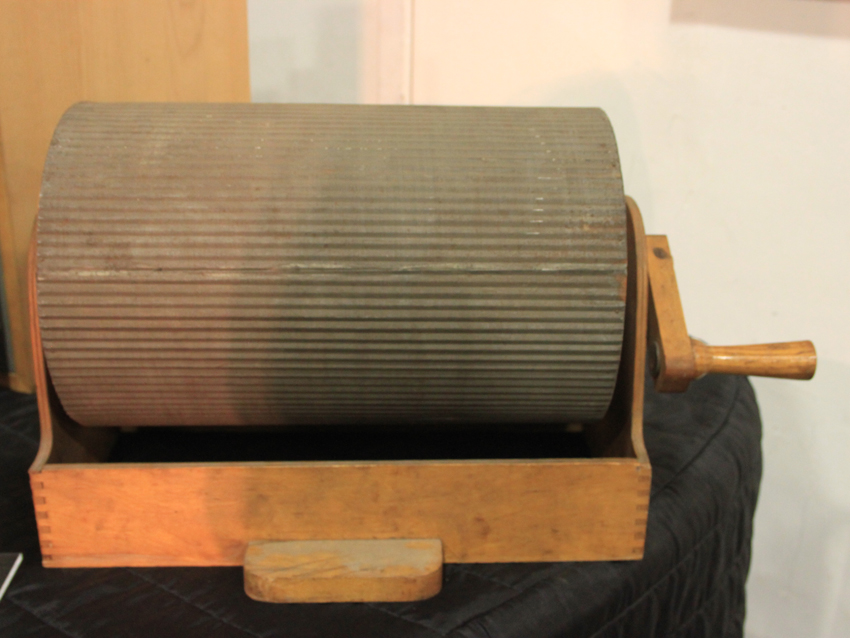
Sound effects box
In its early days, Abbey Road produced a huge number of radio plays and comedy records, which often required strange sound effects.
The cupboard under the stairs in Studio Two, which was known as the Trap Room, was packed with devices that were used to make sound effects, including thunder sheets and a wind machine. Many of these odd items found their way onto Beatles recordings (see All Together Now and Yellow Submarine for proof).
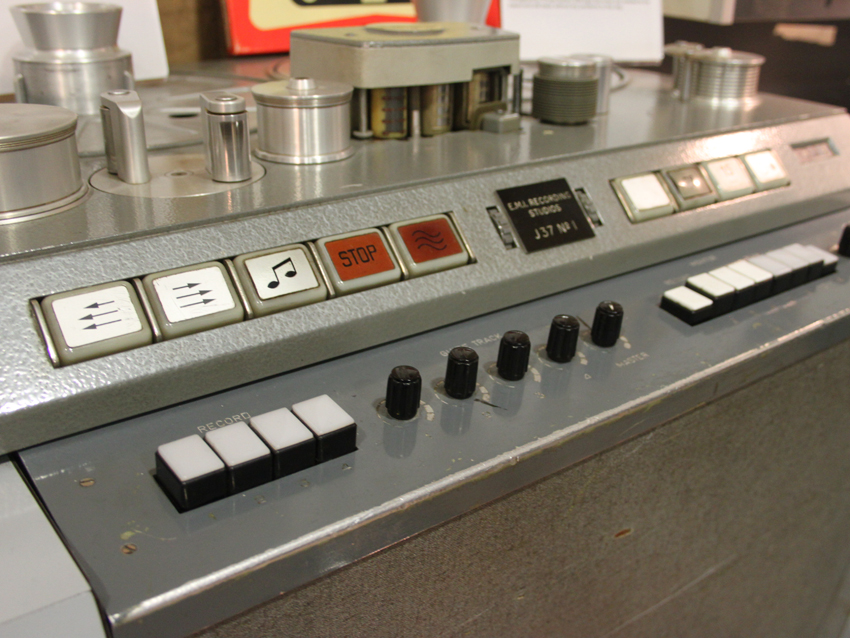
Studer J37
Abbey Road picked up four Studer J37s in 1965, and the 1" 4-track tape machines went on to be heavily used on everything recorded at the studio over the course of the next four years.
Perhaps the most famous use of the J37 is Sergeant Pepper's Lonely Hearts Club Band, which used multiple J37s chained together to give The Beatles access to as many tracks as possible.
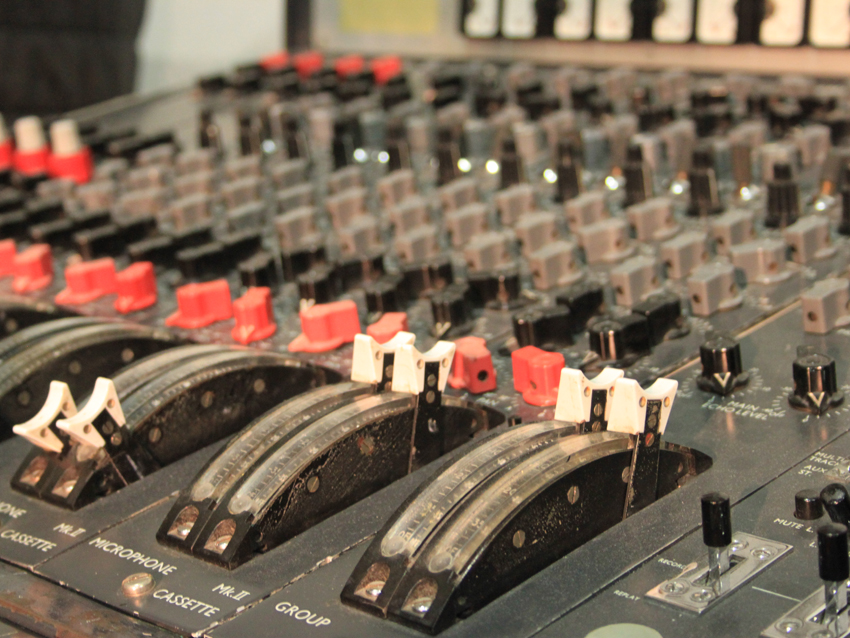
TG12345 Mk.II
This EMI desk, utilising transistors rather than valves, was packed with features compared to the earlier REDD mixers that it replaced.
Used form '69 to '74, the TG12345 was the last EMI-only designed studio mixing desks, and was used on both The Beatles' Abbey Road and Pink Floyd's Dark Side Of The Moon.
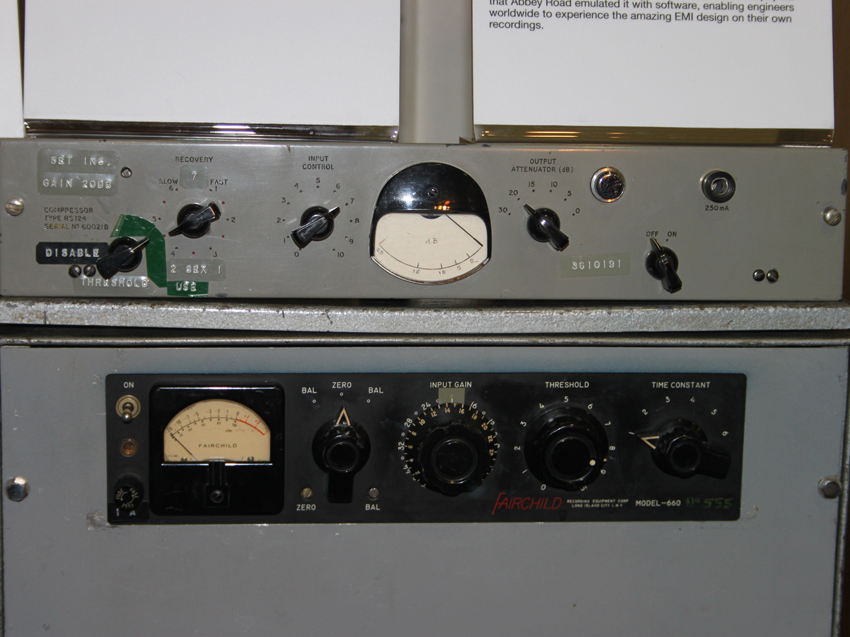
Fairchild 660 / Altec RS124
The Fairchild limited was of the few pieces of Abbey Road gear that wasn't an EMI design when it first went into use, but that didn't stop it becoming one of the most vital pieces of kit in the whole building.
Its distinctive sound helped characterise The Beatles' vocal and drum sounds, and 660s have become highly sought after. Abbey Road's units from the '60s are still in operation today.
The Altec RS124 compressor is another piece of innocent looking kit that became a crucial component of The Beatles' sound. Used by The Shadows, The Zombies and many others, the RS124's sound became so popular that Abbey Road eventually build a software emulator.
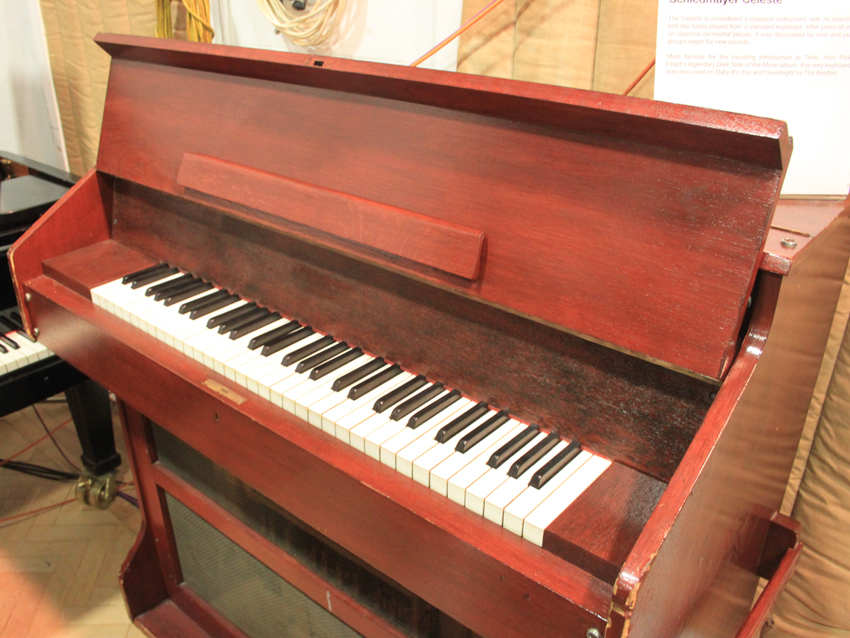
Schiedmayer Celeste
A classical instrument with bell-like tones, the Celeste was used for classical orchestra pieces originally, before being discovered by pesky rock groups on the hunt for new sounds.
Pink Floyd deployed it on the introduction to Time from Dark Side Of The Moon, and it was also used by The Beatles on Goodnight.
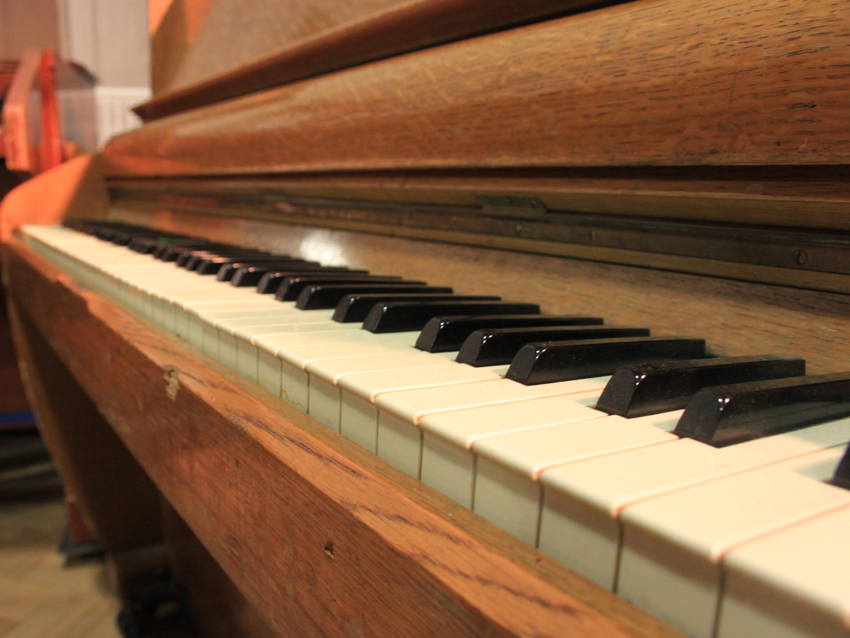
Challen piano
One of two Challen pianos owned by Abey Road, it gives off a softer sound that some of the other keyed instruments that the studio owned.
It also had a mechcanical 'jangle box' option, which put brass strips over the strings and and produced a sharp, bright sound that is known as 'tack' piano. The Challen piano was a favourite of The Bealtes and was all over Magical Mystery Tour and The White Album. Unsurprisingly, it's still in use today.
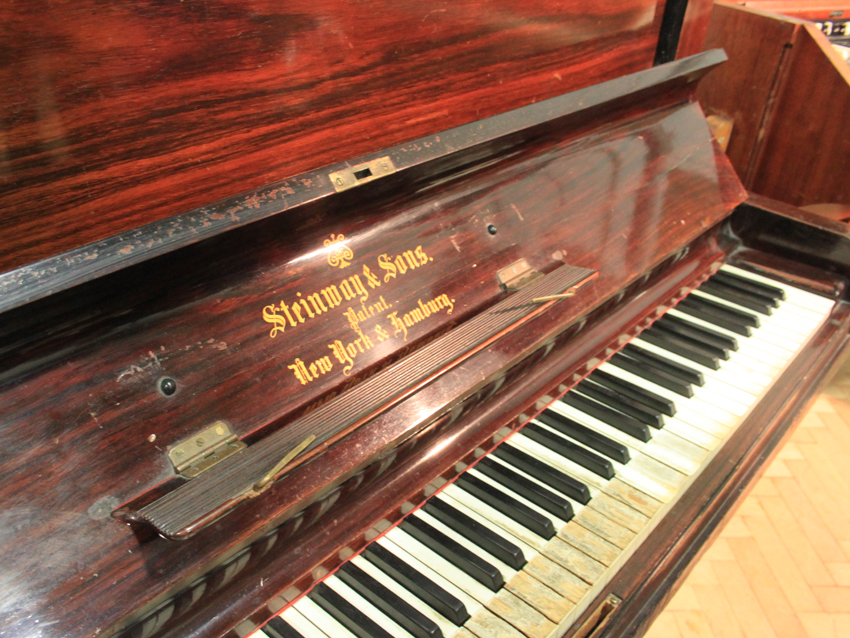
Steinway Vertigrande
This 1905 Steinway Vertegrand is another of Abbey Road's arsenal of characterful pianos.
Bought by the studio in the late '50s to be used as a boogie woogie piano, it became associated with a musician called Gladys Mills who used it on many of her albums. Mrs Mills was trumped by The Beatles though, who used it on a number of tracks.
The characteristic sound of the Mrs Mills piano was achieved by having hardened hammers and slightly de-tuned strings.
